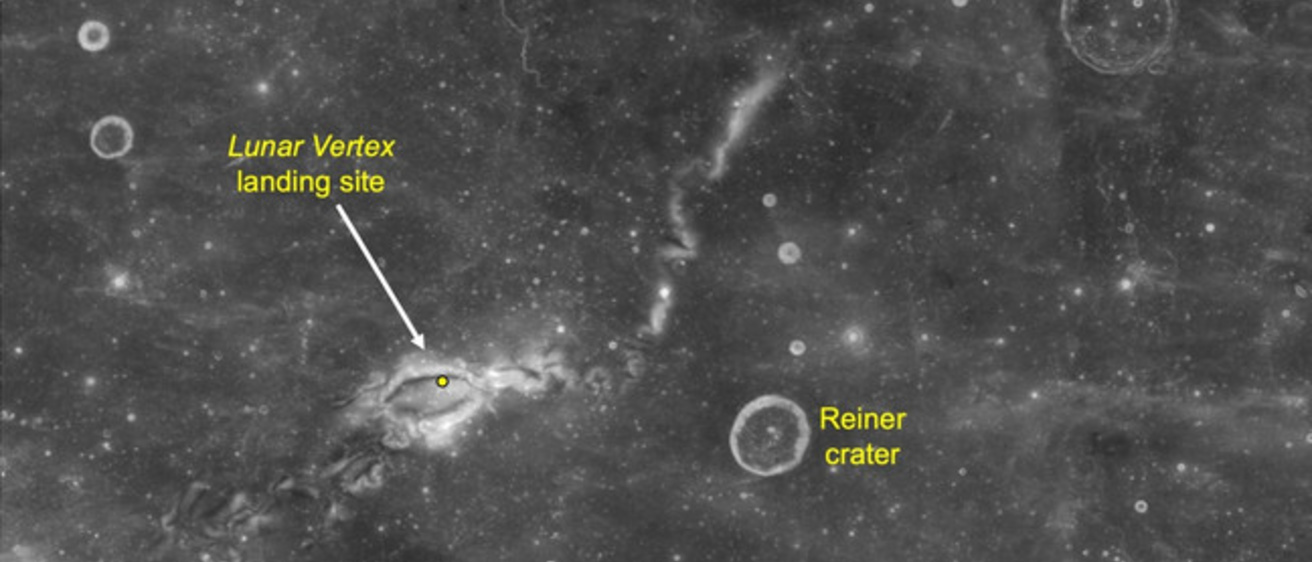In March, Jasper Halekas, an Associate Professor at the University of Iowa's Physics and Astronomy Department, received a grant from NASA for $160,433 for "Lunar Vertex," a study led by Johns Hopkins Applied Physics Laboratory.
The goal of the mission is to determine the origin of a unique, swirling feature on the moon's surface.
"It's just this strange imprint on the surface of the moon, and the really weird thing is there's no topography or anything associated with it. It's just like you took a flat surface and stamped this image on there, and nobody knows how this got there," says Halekas, the deputy principal investigator for Lunar Vertex. "We've got lots of theories, of course, there's probably a half dozen different theories, but nobody really knows, it's a big mystery."
The mission will launch to the Reiner Gamma region of the moon to study these unique features. Scientists believe the swirls may be a sign that the moon once had a magnetic field similar to earth, protecting it from the sun's harmful rays.
Halekas likens their appearance to when you initially pour creamer into your coffee.
The mission is scheduled to launch in 2024 as part of NASA's Commercial Lunar Payload Services program, a subset of the agency's broader Artemis program.
The Lunar Vertex project will spend 13 days on the lunar surface aboard a rover designed by Intuitive Machines.
Halekas and the team from Johns Hopkins, along with several other partners across North America, will then analyze the data to try and determine the source of these mystery moon swirls.
by Nathan Santo Domingo, Iowa's News Now
